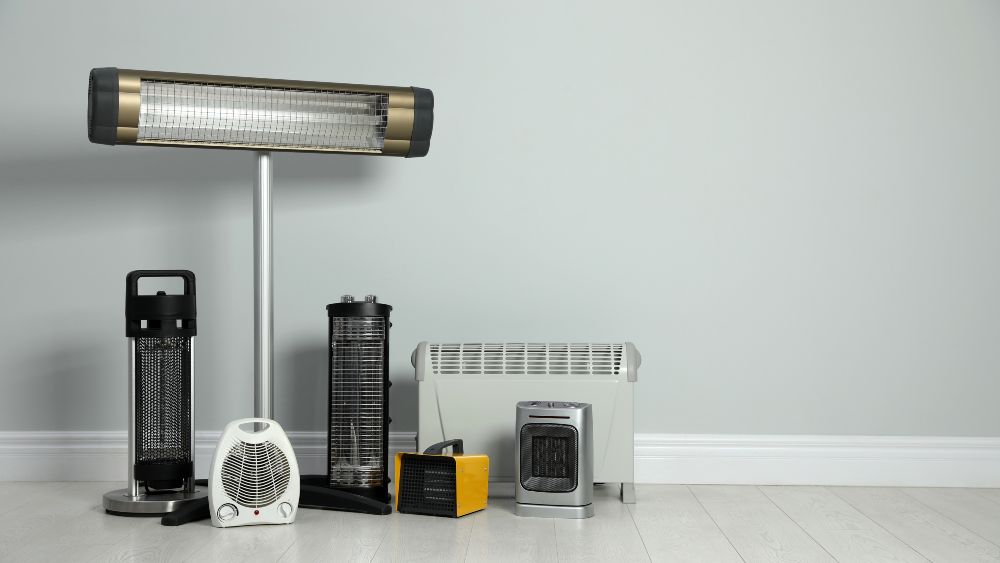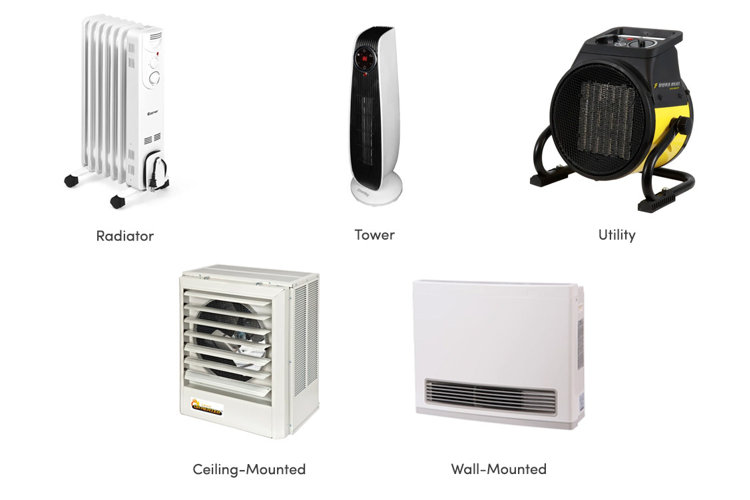More About 1 Source Portable Air
Table of ContentsThe Ultimate Guide To 1 Source Portable Air3 Simple Techniques For 1 Source Portable AirHow 1 Source Portable Air can Save You Time, Stress, and Money.Getting My 1 Source Portable Air To WorkGetting The 1 Source Portable Air To Work
Running prices are based upon an electrical energy rate of 40c/kWh. The prices for 3 months' use in winter are based upon 500 hours make use of, or about 6 hours per day for three months. Optimum warm outcome is based on the maximum electrical power of the versions we have actually tested (we concentrate on greater power level heating units).
On standard, little follower heating units are much less pricey to purchase, yet can have higher running costs. Oil column heating systems will be the most inexpensive on the market to run (on average) but only by a slim margin in advance of convection heating systems (like panel and micathermic panels).
1 Source Portable Air Fundamentals Explained
If you have a relatively easy to fix ceiling fan, it'll help disperse the warmth around the room a lot more uniformly. A number of pricey heaters have actually stopped working to thrill our testers, while some cheaper versions make for surprisingly good buys.
As the name recommends, they radiate warm from a heated burner (so the family will have to take turns being in front of it). There are flooring and wall-mounted versions offered. Glowing heating units are reasonably affordable. They have a cosy radiance and personal warming result, like resting in front of a fire.
Radiant heaters typically cost in between $20 and $200. Oil-filled column heating units do not actually melt oil they utilize electrical power to heat the oil that's sealed inside their columns or 'fins'.
Little Known Facts About 1 Source Portable Air.
Some column heaters aren't also oil-filled yet rather utilize various other material or home heating technology to work the exact same method - 1 Source Portable Air. The threat of fire with an oil column heater is reduced contrasted to other heating unit types, however never zero. Oil heaters don't have revealed components like radiant heaters do, and their surface area temperature level is lower than many various other heating system kinds (their huge surface location offsets it)
Oil column heaters will not take off, and while they do not burn their oil to create warmth, it's still combustible, so there is a fire risk if the oil leakages, if the heater topple and leakages, or if flammable objects or material come right into contact or drop on the heating system. You should work out the very same degree of care with oil heaters when it comes to other heating unit kinds, and never ever hang towels or clothes over one to completely dry them use a drying rack instead, at least one metre away.
Column heaters are specifically valuable in rooms where they'll be turned on for extended periods of time or where they'll operate neglected, official source such as overnight in a bedroom. The surfaces you're likely to discuss a column heater don't get as hot as other kinds straight from the source of electrical heating systems. You can make use of a ceiling follower on very reduced rate to assist the column heater to disperse the warmth much faster and more equally.
Oil-filled column heaters typically cost in between $50 and $450. Convection and panel heating systems draw cool air over an electrical home heating element.
Some Of 1 Source Portable Air

Convection and panel heaters are a lot more mobile than their oil-filled column heater counterparts due to the fact that they're significantly lighter. They'll warm the air in a space uniformly and quickly. Like a column heating system, you can use a ceiling fan on very low speed to distribute the heat quicker and extra uniformly. Some designs, especially panel heating systems, are fairly costly to purchase.

All about 1 Source Portable Air
Follower heating units are typically smaller and more mobile than various other electric heating units. They also can be found in the kind of tower follower heating systems, which can be much better for dispersing heat around larger areas as a result of their taller account. They can heat up the air in an area a lot more swiftly, evenly and rapidly than some various other heating system types.
They can be quite noisy with the fan on complete power, however are generally fairly quiet at reduced follower rates. Follower heating systems (ceramic or otherwise) generally expense between $60 and $900. Ceramic follower heaters aren't always any kind of various in rate to non-ceramic models. A relatively current entrant into the consumer market, infrared heating systems heat up the room like the sunlight warms your face (without the UV rays so no risk of skin cancer). 1 Source Portable Air.